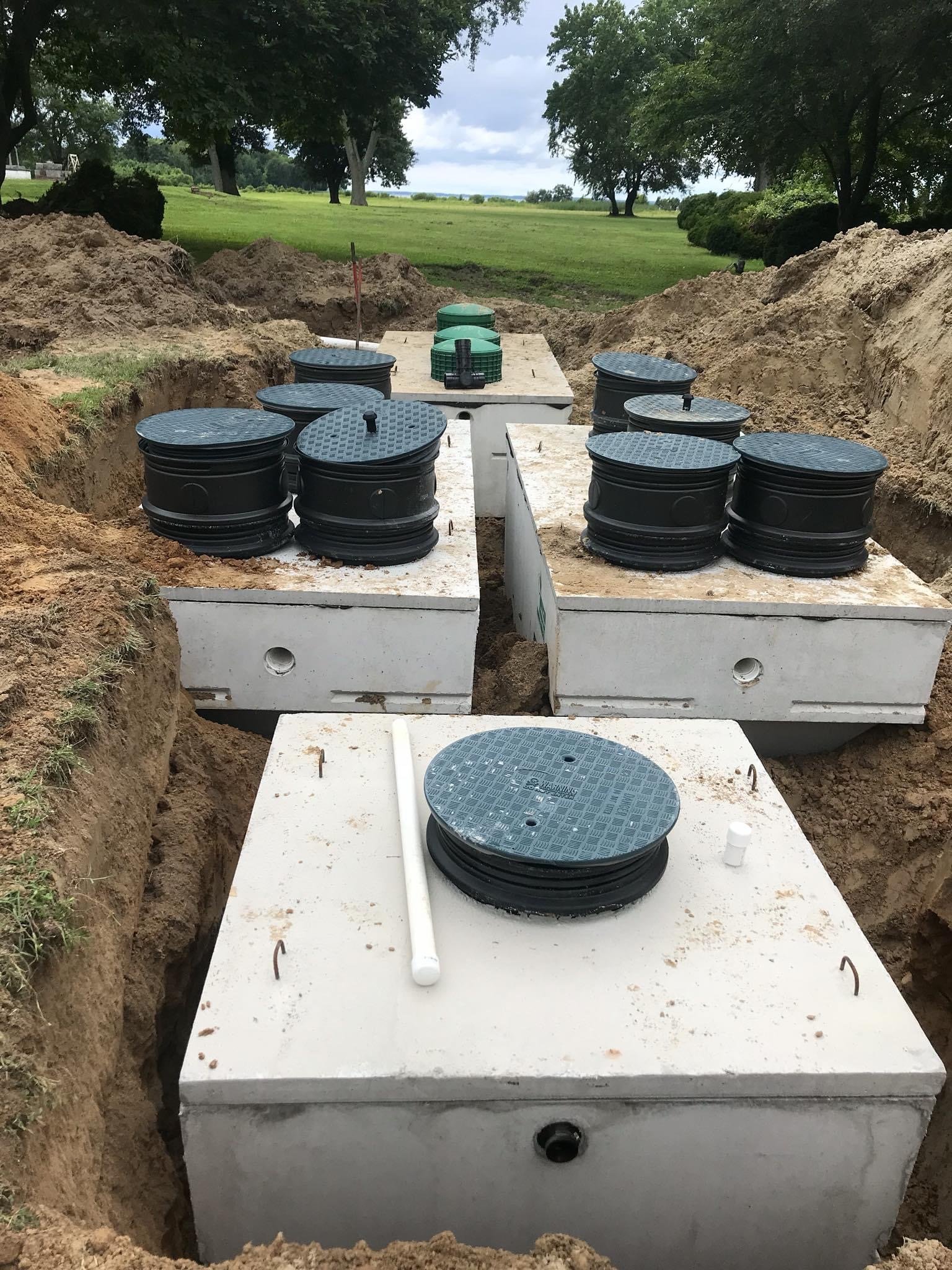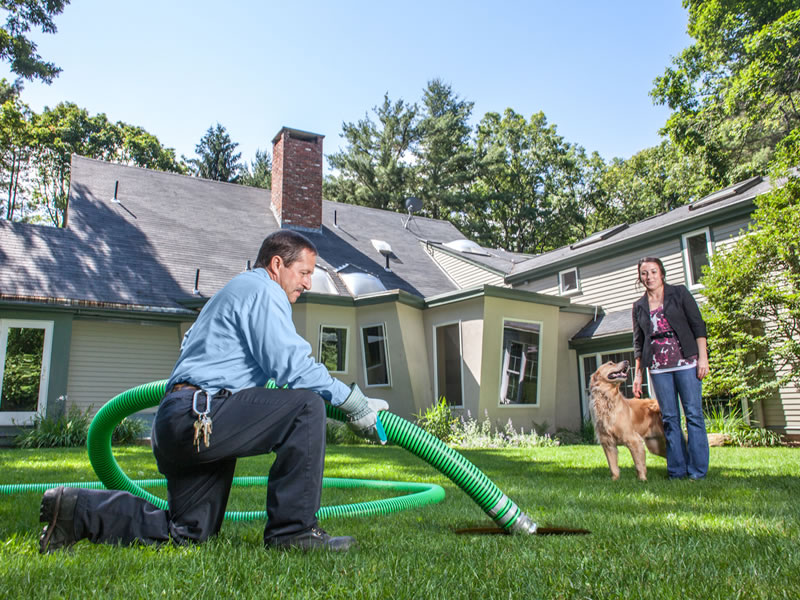Getting The Stillwell Septic And Grading To Work
Getting The Stillwell Septic And Grading To Work
Blog Article
A Biased View of Stillwell Septic And Grading
Table of ContentsNot known Factual Statements About Stillwell Septic And Grading 6 Simple Techniques For Stillwell Septic And GradingStillwell Septic And Grading Things To Know Before You Get ThisStillwell Septic And Grading Things To Know Before You BuyOur Stillwell Septic And Grading StatementsGetting The Stillwell Septic And Grading To Work
Repair dripping taps and plumbing components. https://soundcloud.com/stillwellsag. A leaking bathroom can waste hundreds of gallons of water a day. Take shorter showers. Strive for much less than 5 and do the shower jive. Take bathrooms with a partially-filled bathtub and do not leave the tap running when doing various other tasks. Laundry just complete loads of recipes and washing.
The Of Stillwell Septic And Grading
Stay clear of melting heaps of fallen leaves or branches over the drainfield, as the heat might damage the plastic pipes listed below. Restriction the addition of topsoil or garden compost to no greater than a couple of inches over the drainfield. Septic Service, Maintenance and Installation. A good rule of thumb for landscaping over drainfields is to use shallow-rooted plants that do not require extra topsoil to prosper
Lawn is the very best cover. Stay clear of trees, hedges, and water-loving plants with deep roots. Lawns, blended wildflowers, and ground covers with shallow roots are excellent options. Plant trees and hedges at the very least 30 feet away from your septic storage tank and drainfield to keep origins from entering into and breaking or clogging the drainfield pipes.
A septic system failing creates unattended sewage to be released and transferred to where it ought to not be. This might trigger sewage to come to the surface area of the ground around the tank or the drainfield or to back up in pipelines in the structure.
The Definitive Guide to Stillwell Septic And Grading
The person who falls in gets out without severe injury. Yet a child's unfortunate fatality is a suggestion to examine your septic system for harmed or missing out on covers. Owners of septic systems are accountable for guaranteeing the systems are risk-free and function properly, consisting of having a protected lid on the tanks
Consistently check the problem of the lids for dangers or problems. Keep the covers safe by fixing or changing all harmed or missing components. Use bolts, screws, or various other locks to secure the lids and avoid simple access. Never drive or park vehicles on top of septic systems- it can damage or dislodge the cover.
Not known Incorrect Statements About Stillwell Septic And Grading
Make sure the lids are protected after working on your septic tank. Instruct youngsters that the septic storage tank lids are not to be used or opened up. Have septic systems that are no much longer being used correctly decommissioned. For other general risk-free practices around septic tanks please testimonial the Septics 201 Do It Yourself Program Septic Security Tips.
Keeping in mind the degrees will help figure out if there is a possible issue with the system. The tank will be totally pumped down, removing all of the fluid and solid waste - Septic Tank Repairs. Once the tank is completely pumped, the inlet and electrical outlet tees of the will be examined to ensure they are still intact and working appropriately
The Best Guide To Stillwell Septic And Grading
If you are home at the time of service (totally not needed if that's not your thing) you may be asked to flush your commodes to make certain every little thing is moving correctly. When the service is full, the septic storage tank will certainly be covered as it was when we arrived! Experts suggest having your system pumped every 3 to 5 years however numerous aspects need to be considered when choosing exactly how often your website link sewage-disposal tank requires to be serviced.

If your septic has not been serviced in more than 6 months, we would desire to service the septic. If the trouble lingers, a drain cleaner will certainly then be sent out to remove the line to the septic tank.
Indicators on Stillwell Septic And Grading You Need To Know

If the ponding is concentrated over the leach area that can mean a leach line is blocked with Bio-Mat and requires to be fixed or replaced. The majority of septic systems have a couple of covers; one over the inlet side of the septic system (where the water from your home goes into the container), one in the center of the tank, and one on the electrical outlet side of the tank (where the liquid from the container exits to your leach area).
Chopped up food bits do not damage down in the septic system and can make their escape right into your leach area lines causing clogs. Waste disposal unit, also those significant septic safe, are ruled out useful for your septic tank. Appropriate functioning level is where the water level in your container meets the electrical outlet tee of the tank.
Report this page